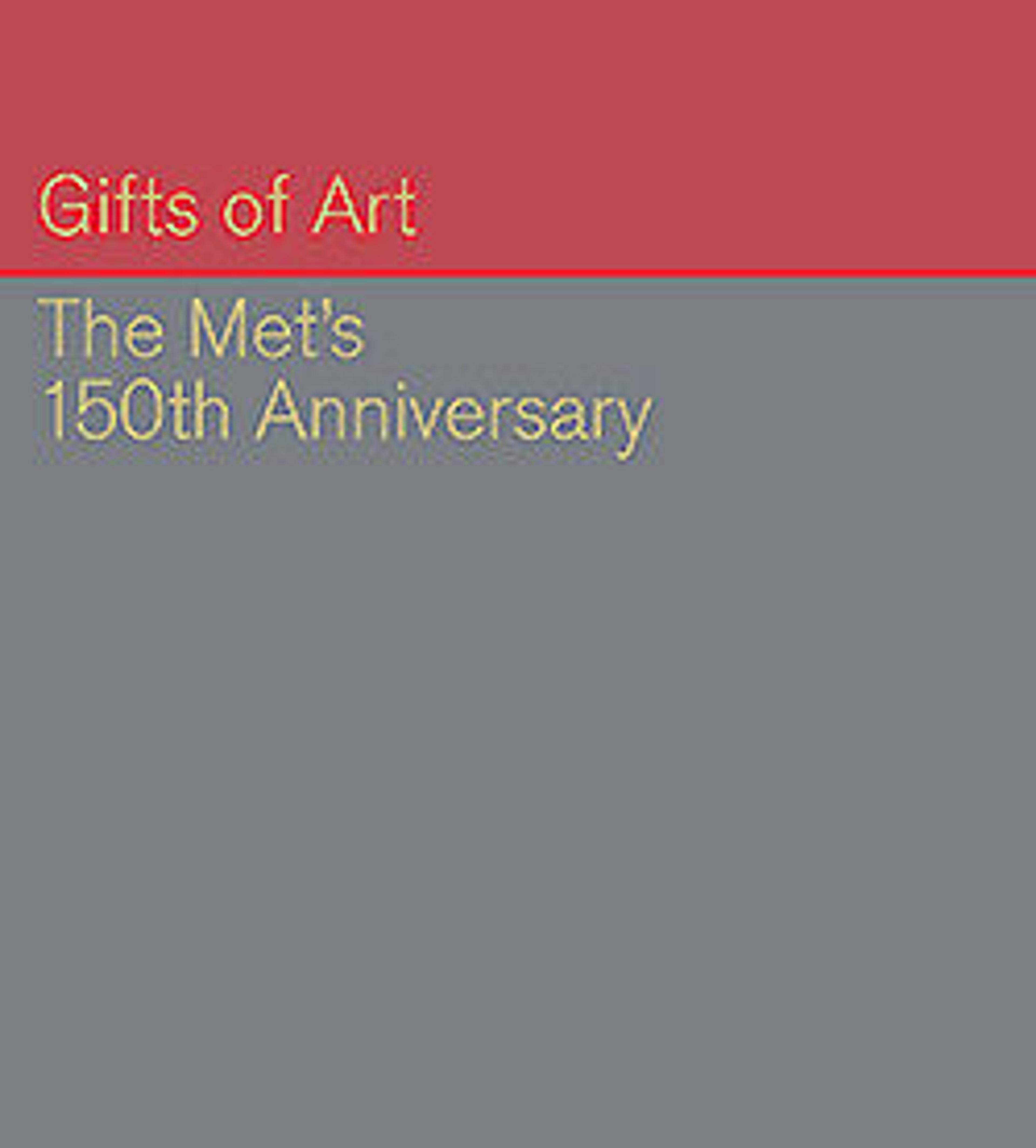Newport
Painting and the sea were dual passions of Bannister, the first Black American artist to receive widespread acclaim. After a youth spent working on ships along the Atlantic seaboard, the Canadian-born artist eventually settled in Providence, Rhode Island, where he became one of the earliest faculty members of the Rhode Island School of Design. In 1876, he won a prize for his pastoral landscape Under the Oaks (unlocated) at the Centennial International Exhibition, America’s first world’s fair, held in Philadelphia. When his race was discovered, the jurors tried to rescind the award, but his fellow exhibition artists protested, and he was given the bronze medal. Best known for pastoral landscapes inspired by Jean-François Millet and the French Barbizon School, Bannister imbued his later views of the Atlantic coastline—such as this work—with a greater vibrancy and luminosity, informed by Impressionism.
Artwork Details
- Title: Newport
- Artist: Edward Bannister (American, 1828–1901)
- Date: 1890–91
- Geography: Country of Origin United States
- Culture: American
- Medium: Oil on canvas
- Dimensions: 16 × 26 1/4 in. (40.6 × 66.7 cm)
- Credit Line: Partial and Promised Gift of Charlynn and Warren Goins, 2019
- Object Number: 2019.601.6
- Curatorial Department: The American Wing
More Artwork
Research Resources
The Met provides unparalleled resources for research and welcomes an international community of students and scholars. The Met's Open Access API is where creators and researchers can connect to the The Met collection. Open Access data and public domain images are available for unrestricted commercial and noncommercial use without permission or fee.
To request images under copyright and other restrictions, please use this Image Request form.
Feedback
We continue to research and examine historical and cultural context for objects in The Met collection. If you have comments or questions about this object record, please contact us using the form below. The Museum looks forward to receiving your comments.
